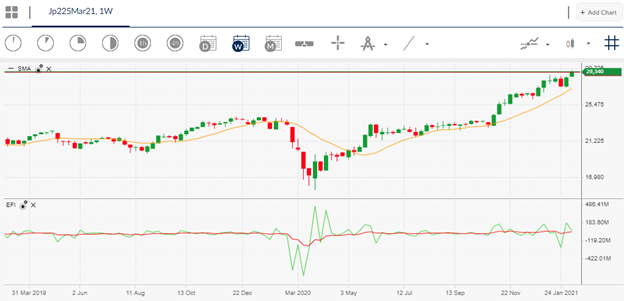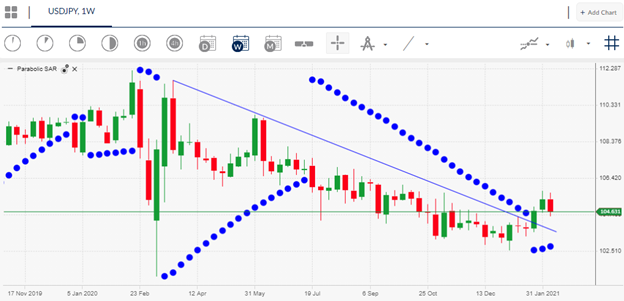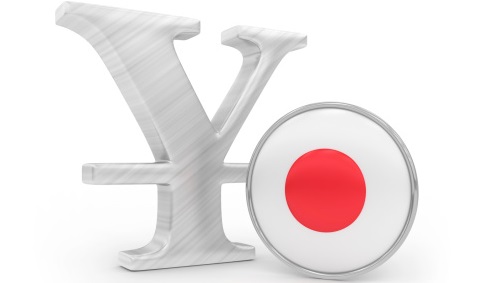The Japanese yen currency started to come under pressure from angles and the Nikkei 225 index rallied by around 100 points yesterday, after the Bank of Japan stated that it will be conducting a broad policy review and sharing its findings with market participants the next month.
Whether this is verbal intervention from the BOJ or a genuine move towards a change in policy and more monetary policy easing remains to be seen. However, judging by the market reaction that investors are taking the latest announcement fairly seriously.
The Bank of Japan certainly has the tools available to implement further policy actions if they feel that the Japanese economy is starting to stagnate, and that inflation is once again starting to falter. Bank of Japan policy member Seki Nakamura provided some commentary of central bank’s ultra-loose monetary policy on the market function on Wednesday.
Nakamura said that central bank will seek ways to make its monetary policy framework more effective and sustainable in the March policy review. He also noted reiterated that the central banks ETF buying remains a necessary tool to eradicate Japan’s deflationary mindset.
Perhaps the most aggressive statement from Nakamura was his comment that the Bank of Japan “must be prepared to respond effectively and in timely fashion to changes in economy, price, financial developments”.
One thing is for sure, expect plenty of volatility in the USDJPY and Nikkei 225 in the lead up to the March policy review. The big risk is that failure to act next month could see the Nikkei 225 coming under downside pressure and the Japanese yen currency strengthening.


Given the current market mood, even threats of more policy action during the March policy meeting could provoke gains in the Nikkei 225 and weaken the Japanese yen currency. However, should policymakers decide to act then the Nikkei 225 could explode.
In terms of what could happen to the Japanese yen, the USDJPY pair could go towards the 108.00 area in the near-term if more policy measure is forthcoming and may be even 110.00. Traders will remember that the USDJPY pair traded towards 120.00 when the BoJ first announced QE.


Therefore, significantly increased amounts of QE may be required to get the USDJPY pair back towards the 120.00 level, considering that the Federal Reserve is also undergoing a massive bond buying scheme.
Going forward, the market emphasis will surely be on Japanese economic data and particularly on GDP, retail sales and inflation data. Any hint that inflation is worsening would cause the market to believe that the BoJ is more likely to act in March.



